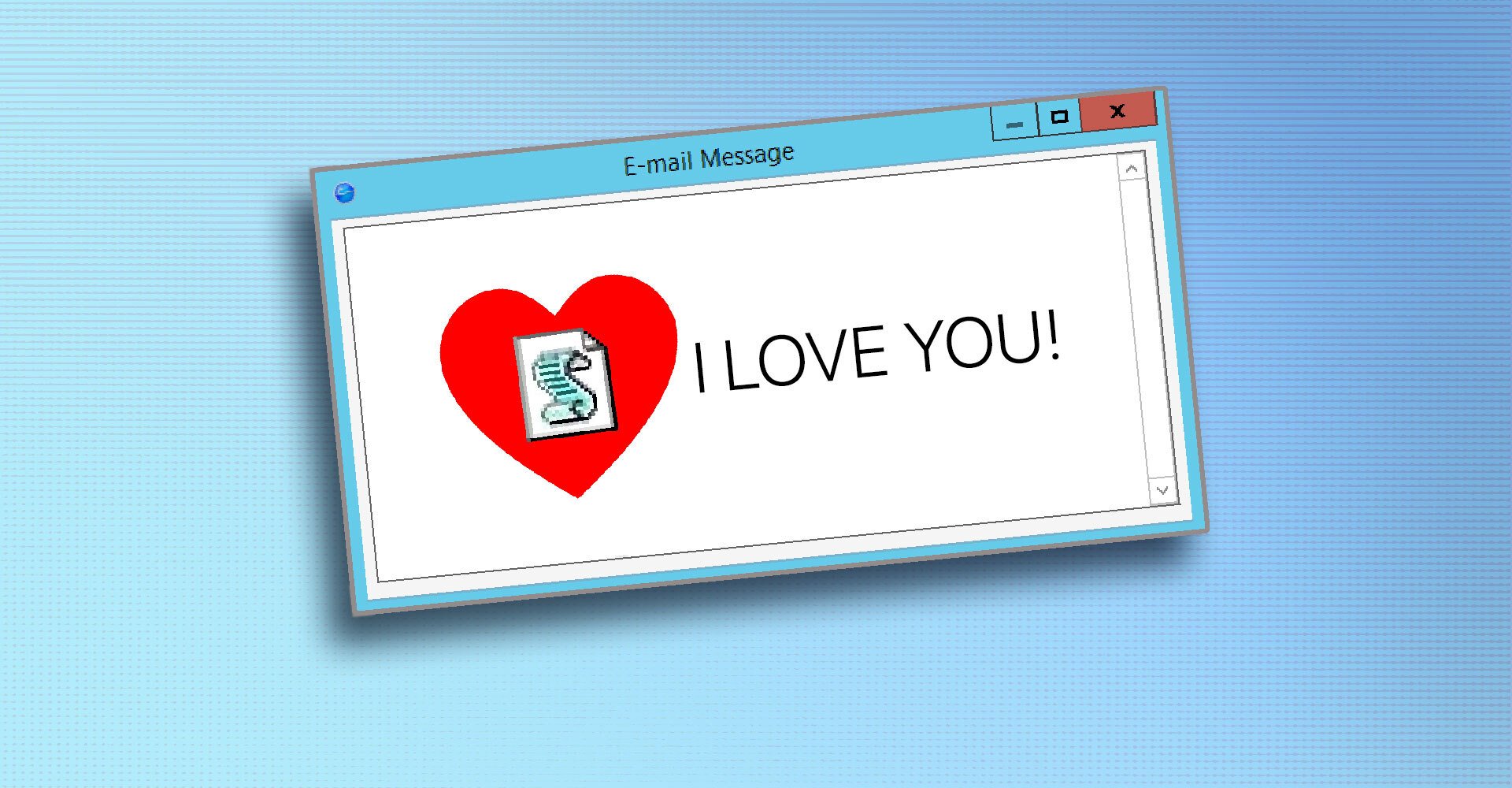About the "ILOVEYOU" Virus that Caused Chaos Worldwide
May 4, 2000, was like any other day. But for computer and internet users, it was a historic day.
It was the beginning of a major event where an email with the subject "ILOVEYOU" spread and infected millions of computers around the world in just a few hours.
This virus wasn't designed to steal personal information or money. It was created by exploiting the human weakness of curiosity and interest in love.
The virus arrived with the subject "ILOVEYOU" and an attachment named "LOVE-LETTER-FOR-YOU.txt.vbs." Opening it would damage files on the computer and automatically send the virus to everyone in the computer's email contact list.
At that time, most people did not have the security knowledge for using email that is common today, so they didn't hesitate to open the attached file in the mail. As a result, countless computers uncontrollably spread the virus.
Within a few hours, the computer networks of top corporations, government organizations, and businesses around the world came to a sudden halt. Major organizations like the British Parliament, the Pentagon, and what were then large companies like Ford and Microsoft were all attacked by this virus.
Around the world, nearly $10 billion was lost, and businesses were completely shut down. Although the entire internet didn't directly blackout, since the network systems of major businesses and organizations had to be completely shut down to resolve the issue, it can be said that it had an impact on the entire internet.
Who created such a powerful virus? Unbelievably, the creator of this virus was a Filipino student named Onel de Guzman. Although he was arrested, there were no hacking laws in the Philippines at that time, so he could not be prosecuted.
Ultimately, the authorities could not punish him for anything. In an interview, he revealed that he wrote the virus for his computer school project and that it originated from his desire to not have to pay for internet access.
File Types Damaged by the "ILOVEYOU" Virus
The "ILOVEYOU" virus did not destroy every file in the computer system. Its main targets were certain file types and system files. The "ILOVEYOU" virus primarily targeted and damaged user (Data) files. Specifically, it attacked the following file types:
- Photo files - Damaged image files like .jpg and .jpeg.
- Music files - Renamed and hid music files like .mp3 and .mp2.
- Web Docs - Damaged files like .js (JavaScript), .vbs (VBScript), and .hta (HTML Application).
- Microsoft Office files - Attacked .doc (Microsoft Word) and other Office files.
The virus used a simple but effective method to spread itself. It would search for files on the computer. For example, if it found a file named "picture.jpg," it would delete that file and create a new file with its virus code, named "picture.jpg.vbs," in its place. This is why the original files were damaged.
The Difference Between a Virus and a Worm
Some say that ILOVEYOU is a type of worm. There are also mixed definitions for Virus and Worm. Some say that viruses cannot spread on their own, but in reality, viruses can also spread. However, there is a key difference between the two.
Computer Virus
A computer virus is a type of malware that can replicate itself. However, it requires a host program or a user action (e.g., opening a file). The virus spreads by inserting its code into other computer programs. The virus can only work and infect a computer when the user opens the file containing the virus.
For example, viruses (like ILOVEYOU) that come in email attachments only infect a computer when the user opens that file.
Worm
A worm is a standalone type of malware that can replicate itself without a host program and spread through networks. Once they get into a system, they can spread automatically without human intervention.
Worms often exploit security vulnerabilities in software or operating systems to infect computers from one to another.
For example, although "ILOVEYOU" is known as a virus, it can actually be considered a **computer worm**. This is because it automatically replicated itself through email and sent itself to everyone in the computer's contact list.
The "ILOVEYOU" Virus started from an attachment file in an email. Due to this fact, some people classified it as a virus. However, although it started with an attached file, it spread through email contact lists without user interaction. This is why it is classified as a worm. The reason it was called a "virus" 🦠 might be because at that time, the word "virus" was the most common and well-known term for malware.
Summary
The main difference between a virus and a worm is whether or not it requires a host program or a user's action to spread.
Therefore, due to its ability to spread on its own, "ILOVEYOU" can be considered a type of worm.



0 Comments